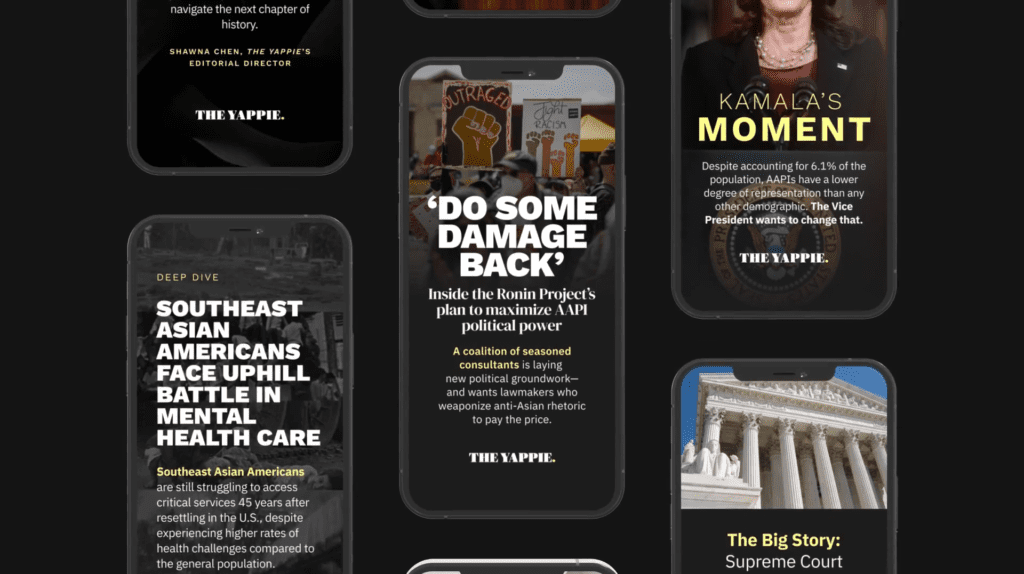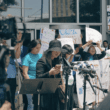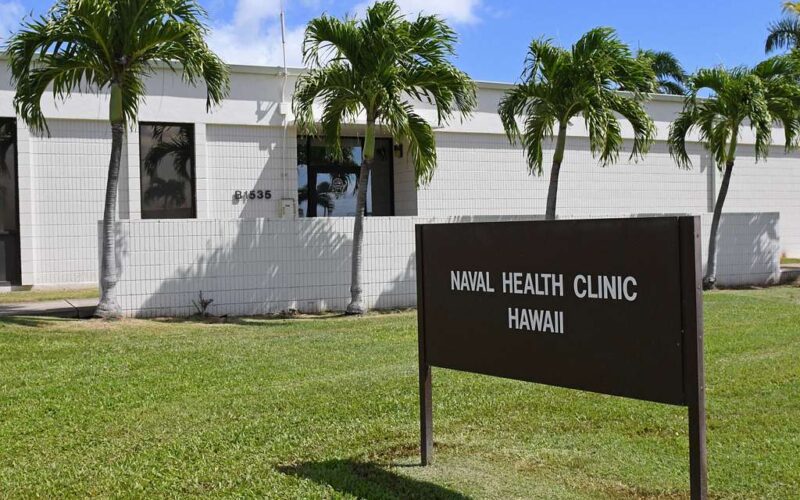Sign up here to receive The Yappie's weekly briefing on Asian American + Pacific Islander politics and support our work by making a donation.
Native Hawaiian and Pacific Islander adults have the second-highest cardiovascular death rate in the U.S., a new analysis finds. They experience cardiovascular deaths at rates roughly double that of Asian adults—and that gap is growing.
The preliminary analysis, which uses data from the CDC’s National Center for Health Statistics, shows that the number of cardiovascular deaths among NHPIs has only increased since 2018, when the center began collecting data on NHPIs separate from the “Asian” category.
- Conducted in collaboration with the University of Hawai‘i at Mānoa in Honolulu, the findings were presented at the American Heart Association's Scientific Sessions in Philadelphia last week.
- Of the heart disease and stroke deaths among the study’s NHPI participants, 25% were attributed to Native Hawaiians, 24% to Samoans, 11% to Guamanians or Chamorros, and 40% to “other” Pacific Islanders.
- Meanwhile: Black adults experienced the highest rates of cardiovascular deaths, while Asians alone were the lowest-ranking racial group.
Governmental and private institutions alike have historically grouped Native Hawaiians and Pacific Islanders under the “Asian” umbrella—masking disproportionate health disparities among specific ethnic groups.
- The disaggregated data that does exist points to heart disease, diabetes, and cancer as some of the leading causes of death for NHPIs, according to the U.S. Department of Health and Human Services’ Office of Minority Health.
- They experience a “disproportionate burden” of cardiovascular disease risk factors compared to white and Asian Americans, per a 2022 study that examined data from 2011 to 2015.
- That was only exacerbated during the pandemic. NHPI infection rates were the highest out of all racial or ethnic groups in 14 of the 21 states that disaggregated data for NHPIs, Vox’s Rachel Ramirez notes. In Los Angeles County alone, they contracted COVID-19 at rates up to five times that of white people.
These statistics don’t exist in a vacuum. The United States’ and Europeans’ colonial legacy in the Pacific dramatically impacted NHPIs’ diets and food economies and continues to predispose many Pacific Islanders to severe health issues.
- Exploitative colonial initiatives, such as mining or planting cash crops, meant that land historically used to cultivate food was inaccessible to most Pacific Islanders after World War II. Without a main food source, many Pacific Islanders had to turn to imported, nutrient-poor food products instead—which contributed to the emergence of risk factors associated with obesity.
- That history of oppression includes the loss of cultural practices and forced assimilation to the dominant Western culture, according to epidemiologist Rebecca Woodruff, who served as lead researcher on the analysis presented last week.
- “The resulting historical trauma has profoundly altered the economic realities and environmental conditions of Native Hawaiian and Pacific Islander populations, contributing to the high prevalence of chronic diseases and related risk factors,” Woodruff told American Heart Association News.
Now, decades later, government agencies are starting to pay attention.
- Earlier this month, scientists at the University of Hawaiʻi at Mānoa received a $4 million grant from the National Institutes of Health to investigate diabetes, heart, and lung health disparities among Native Hawaiians, Pacific Islanders, and Asian Americans.
- The U.S. Department of Health and Human Services also awarded $3.5 million to Hawai‘i last year to establish a national AANHPI behavioral health center.
- “That is a group that needs to be even further disaggregated so we can identify high-risk populations and provide targeted public health and clinical programs for prevention,” Latha Palaniappan, a Stanford professor of cardiovascular medicine unaffiliated with the analysis, told the American Heart Association News.
This story appeared as “The Big Story” in The Yappie’s Nov. 15, 2023 newsletter.
The Yappie is your must-read briefing on AAPI power, politics, and influence, fiscally sponsored by the Asian American Journalists Association. Make a donation, subscribe, and follow us on Twitter (@theyappie). Send tips and feedback to [email protected].









